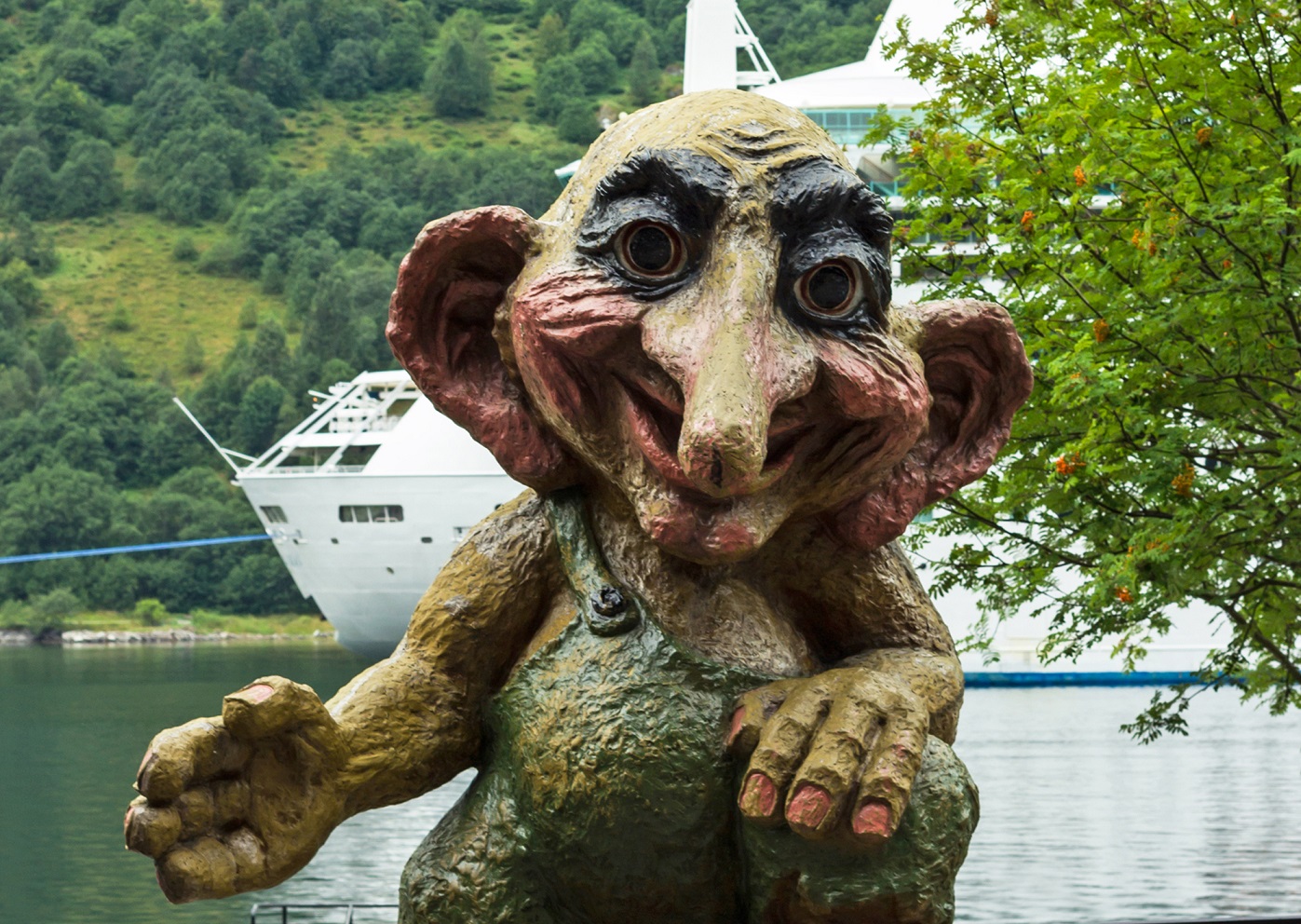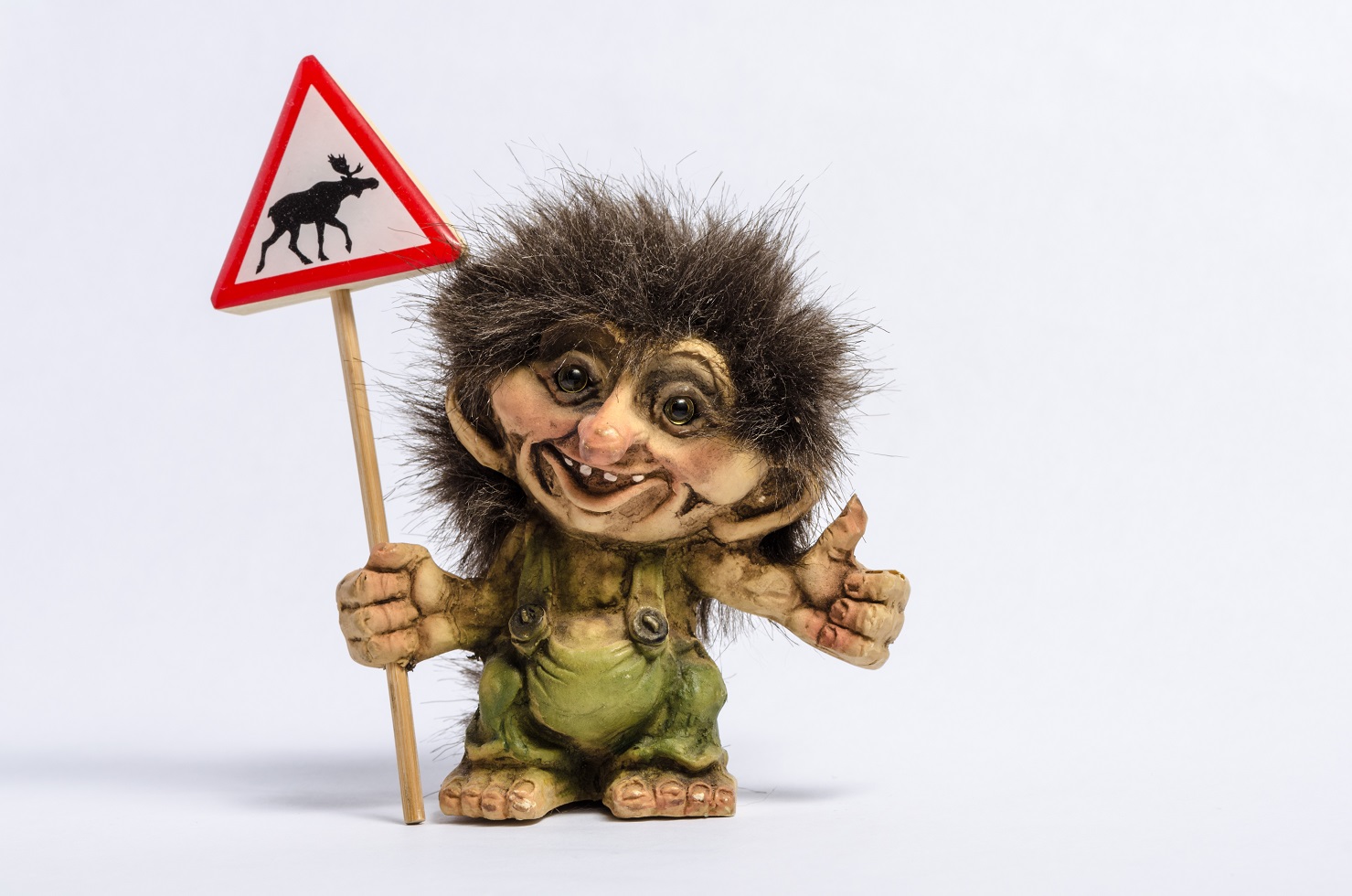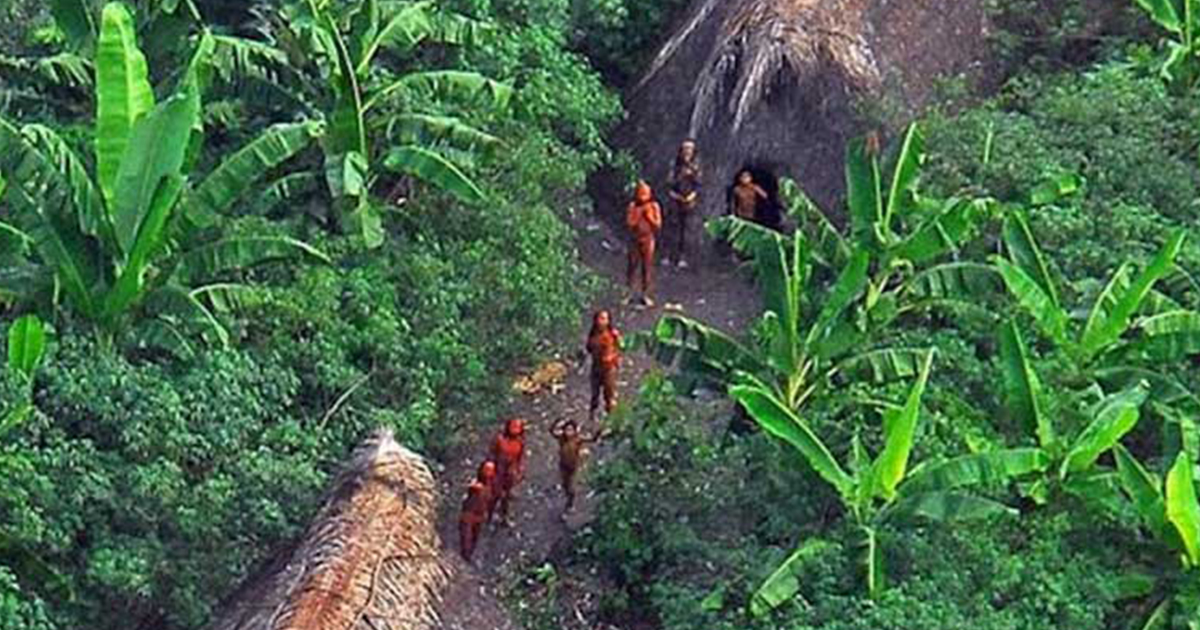Trolls Road in Norway
Troll’s Road is one of Norway’s most beautiful roads, as well as one of the most dangerous roads in the world.
With numerous twists and sharp bends, this long narrow road is not only a tourist attraction for its roller-coaster-like features—it is also said to be home to dozens of mountain trolls.

Location
Trolls Road—formally called Trollstigen—is a serpentine mountain road in Norway that connects the town of Åndalsnes in Rauma and the village of Valldal in Norddal Municipality.
 Giuseppe Milo, CC BY 3.0, Wikimedia Commons
Giuseppe Milo, CC BY 3.0, Wikimedia Commons
Why It’s Popular
It is a popular tourist attraction due to its steep incline of 10% and eleven hairpin bends up a steep mountainside. Each bend has its own name.
As well as the intriguing Troll mythology associated with it.
 Lukas Bischoff Photograph, Shutterstock
Lukas Bischoff Photograph, Shutterstock
Design
Trolls Road is internationally known as a feast of engineering. Some parts of the road are actually carved into stone, or into the mountain itself.
The Route
The road twists and climbs through a mountainous terrain of waterfalls, fjords, tunnels, and various bodies of water.
Length
Trolls Road is completely paved and runs a whopping 31 miles long.
It takes about 2 hours to complete the drive, however this can be much longer depending on how often you stop, and how much of the scenery you take in.
Tourism
Trolls Road is extremely popular with locals and with foreign tourists who enjoy driving, hiking, cycling, and even camping in the area.
 Mariusz Hermansdorfer, Wikimedia Commons
Mariusz Hermansdorfer, Wikimedia Commons
Tourism: Numbers
Trolls Road attracts thousands of visitors daily. During the top tourist season, about 2,500 vehicles pass each day.
During the 2012 season, 161,421 vehicles traversed the route, compared to 155,230 vehicles during 2009.
 Holger Uwe Schmitt, CC BY-SA 4.0, Wikimedia Commons
Holger Uwe Schmitt, CC BY-SA 4.0, Wikimedia Commons
Tourist Attractions
At the top of the mountain there’s a parking area where tourists can step foot on a viewing balcony that overlooks the massive bendy road, as well as a stunning waterfall.
The Visitor Center
The visitor center is located at the summit, and it has a café, a souvenir shop, public washrooms, and panoramic windows offering a stunning view of the entire mountainous area.
 Quentin desfarges, CC BY-SA 4.0, Wikimedia Commons
Quentin desfarges, CC BY-SA 4.0, Wikimedia Commons
The Viewing Platform
Outside the center you’ll find a viewing platform that essentially floats over the landscape, providing astonishing views of the winding road, the massive mountains, and the lush greenery in between.
Stigfossen Waterfall
The Stigfossen Waterfall plunges 1,050 feet down the mountainside. The pass has an elevation of approximately 2,790 feet.
 Tatiana Diuvbanova, Shutterstock
Tatiana Diuvbanova, Shutterstock
The Scenery
Trolls Road offers scenery unlike anything else you will see in Norway—which is a stunning country in itself.
Along the road you’ll find: lush greenery, strawberry patches, steep cliffs and breathtaking views.
 Zairon, CC BY-SA 3.0, Wikimedia Commons
Zairon, CC BY-SA 3.0, Wikimedia Commons
The Entrance
Before you start the journey up the mountain, you’ll find a small souvenir store. The roof of the wooden building is overgrown with grass and trees, and it sits tucked beside a snow peaked mountain.
Here, you’ll find information about the road, as well as everything Troll related.
Restrictions: Vehicles
The road is so narrow that there are many restrictions in place for vehicles.
Vehicles over 41 feet long are prohibited from driving the road—so keep your campers in the parking lot.
Restrictions: Trial & Error
During the 2011 and 2012 seasons, buses up to 43 feet were temporarily allowed as a trial, but it was determined unsafe to continue.
Restrictions: Weather
Trolls Road is closed during late autumn and winter due to weather conditions making it severely unsafe for drivers.
The area often experiences lots of snow and even avalanches that would make the road deadly to drivers.
Danger
Trolls Road is actually considered Norway’s most dangerous road. Even though it is completely paved, the road is said to have “brutal twists and turns” that can make navigation tricky.
Danger: Rock Falls
Along with the terrifying bends, drivers should also be on the lookout for unexpected rock falls coming off the mountain.
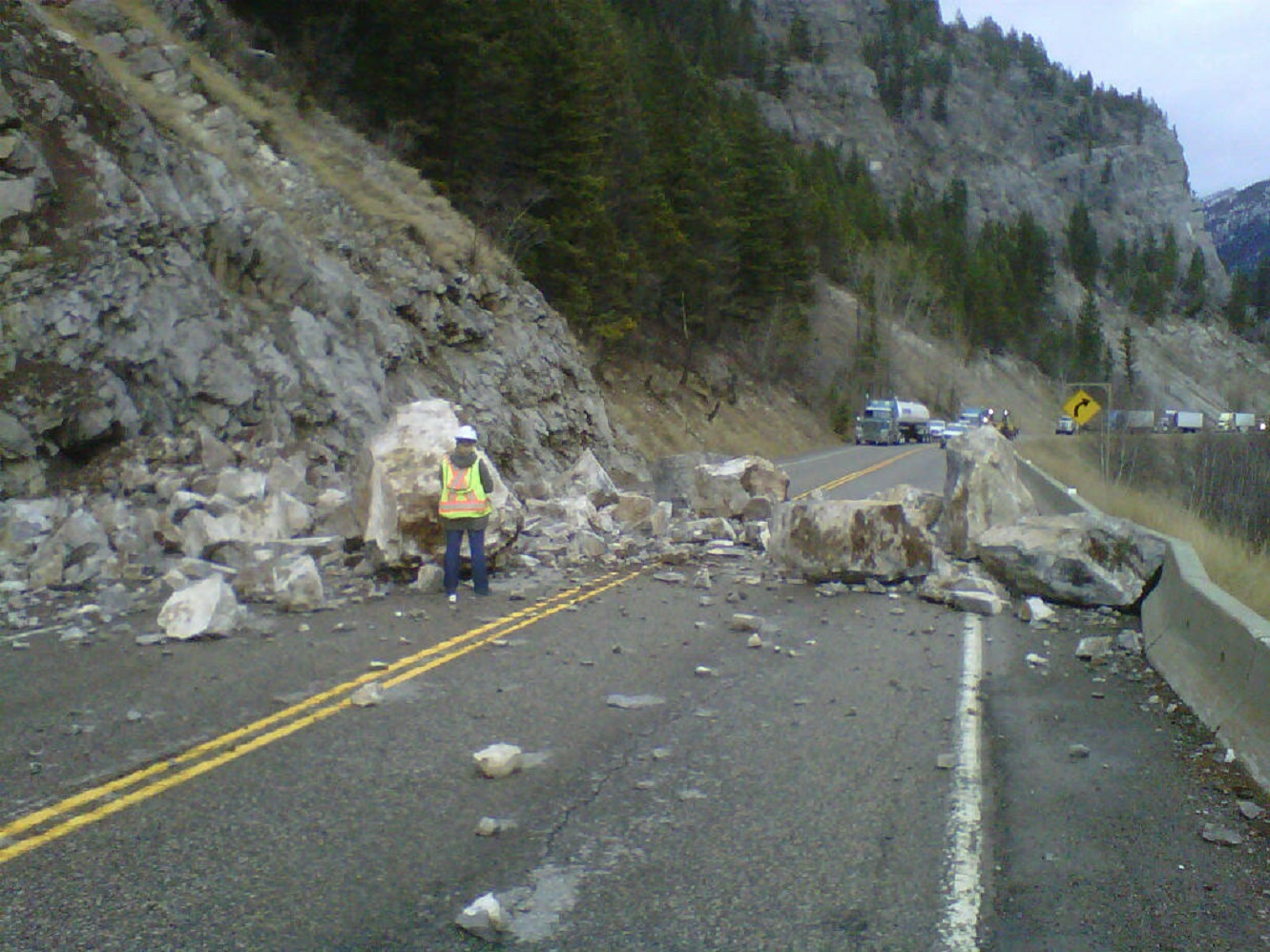 B.C. Ministry of Transportation and Infrastructure, Flickr
B.C. Ministry of Transportation and Infrastructure, Flickr
Danger: Darkness & Rainfall
Although the road remains open during the nicer weather seasons, it is advised that drivers take extra precaution when driving the road during any sort of rainfall, and after the sun sets.
The road is most dangerous when it is wet.
Danger: Accidents
Although there are not as many vehicle accidents as one might expect on Trolls Road, there have been several other kinds of accidents, mostly involving tourist—and some have been fatal.
 Mariusz Hermansdorfer, Wikimedia Commons
Mariusz Hermansdorfer, Wikimedia Commons
Danger: Mountain Climbers
The mountainous range is very popular among rock climbers and base jumpers—one of the mountains being known as the highest vertical rock face in Europe.
Many have lost their lives attempting the climb.
Fatalities
In July of 2019, two Czech climbers lost their lives climbing Trollveggen rock face. It took rescuers four days to recover their bodies, since mountain rescues in this area can be very difficult.
Base Jumping: Banned
In the 80s, base jumping became officially banned for the entire area due to the increase in fatalities. Rescue operations are terribly expensive and paid for by the government, so they put a stop to that entirely.
Tourist Fatalities
Also in July of 2019, a tourist from Lithuania lost his life after falling backwards into the river. He was taking a picture when he lost his balance and went backwards over the railing and down into the river that runs alongside the Trollstigen Pass.
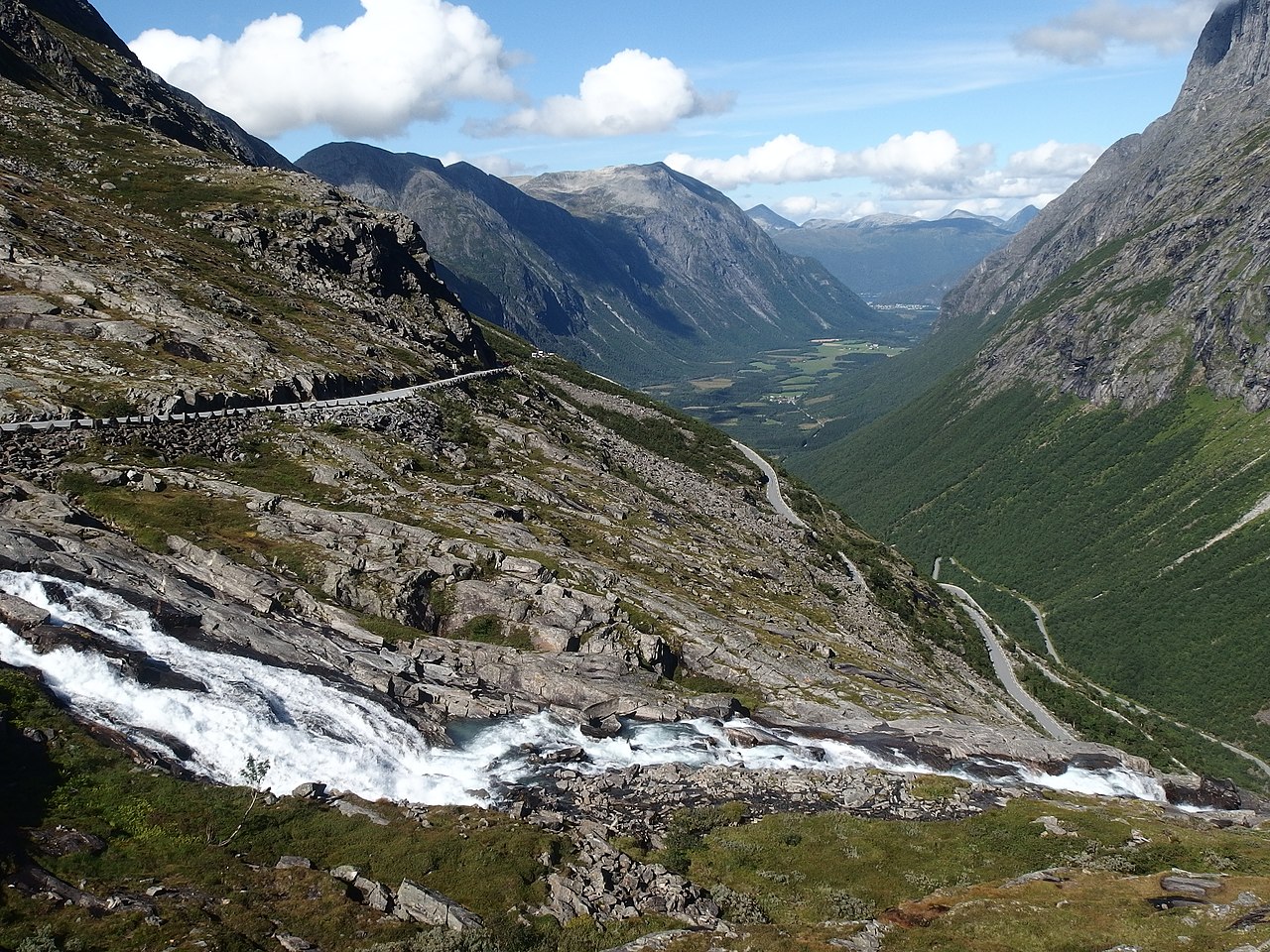 Palickap, CC BY-SA 4.0, Wikimedia Commons
Palickap, CC BY-SA 4.0, Wikimedia Commons
The Name
Trollstigen means the troll path or troll trail.
In Norway there is an ancient tradition of troll mythology—this is where things get interesting.
Trolls: Defined
Trolls are mythical creatures that are often portrayed as being short with wild hair or larger creatures that dwell in mountains, forests and caves.
But in Norway, they Trolls have a reputation.
Trolls Reputation in Norway
In Norwegian mythology, Trolls are seen as evil giants associated with magic. They are often portrayed as mischievous creatures who like to cause trouble—specifically to humans.
Most Popular Troll
One of the popular trolls in Norwegian folklore is Nøkken – a water spirit that is said to live by the water’s edge and lures people into the water to their demise, particularly after sunset.
He would usually use enchanting music, or appear as a floating wooden object in the water.
The Purpose of This Myth
Stories of trolls were often told to children as a fear tactic to keep them away from large bodies of water, wild animals, and strangers.
It was also used as an explanation for tragic drowning accidents.
Trolls on Trolls Road
Although most people are aware that Trolls are mythical creatures, many tourists enjoy “Troll watching” while navigating the route.
It is said that if you watch closely enough while traveling the road, you may be lucky enough to see a troll.
Troll Sightseeing
The most popular viewpoints along Trolls Road that are said to have the most trolls include the waterfall, along caves and cliffs, and sometimes in among the berry patches.
 Fuchs Robert, CC BY 3.0, Wikimedia Commons
Fuchs Robert, CC BY 3.0, Wikimedia Commons
Trolls & Humans
It is said that the trolls live among the mountains, but avoid human interaction—which is why most people never see them.
Trolls & The Locals
Norwegian locals believe the trolls are unkind and it is best to “move along”. Only the tourists actually want to find a troll.
Trolls Road Signage
Along the route, especially the hiking and cycling trails, you’ll find various Troll Warning signs—which simply add a little fun to your journey.
Some include, “Troll Crossing”, and “Don’t Feed the Trolls.”
Forest Trolls & Mountain Trolls
In Norwegian folklore, there are generally two types of trolls: the forest trolls and the mountain trolls. The forest trolls are said to be less intimidating and live in the woods, whereas the mountain trolls are mischievous.
Both kinds of trolls are said to inhabit the area of Trolls Road.
The Connection to Nature
The stories of trolls in Norway are a testament to the country’s rich cultural heritage and its deep connection with nature.
So, although it may sound silly to some, it is a fun and intriguing part of Norwegian culture.
Trolls in Norway
Norway has remained committed to the Troll folklore, having several Troll themed landmarks around the country.
It is said that there are troll figurines and statues everywhere—especially souvenir shops.
 Wolfmann, CC BY-SA 3.0, Wikimedia Commons
Wolfmann, CC BY-SA 3.0, Wikimedia Commons
Other Troll Landmarks in Norway
Three landmarks most popular with tourists include: Trollveggen (Troll Wall), Trollstigen (Troll Road), and Trolltunga (Troll’s Tongue).
 Sergei Gussev, CC BY 2.0, Wikimedia Commons
Sergei Gussev, CC BY 2.0, Wikimedia Commons
Final Thoughts
Although Troll Road can be dangerous, it remains one of the most beautiful roads in the world with spectacular views unlike any other.
To add to the already exciting journey, the long-standing Norwegian folklore involving Trolls continues to be an enticing way to attract tourists from all over the globe.



















